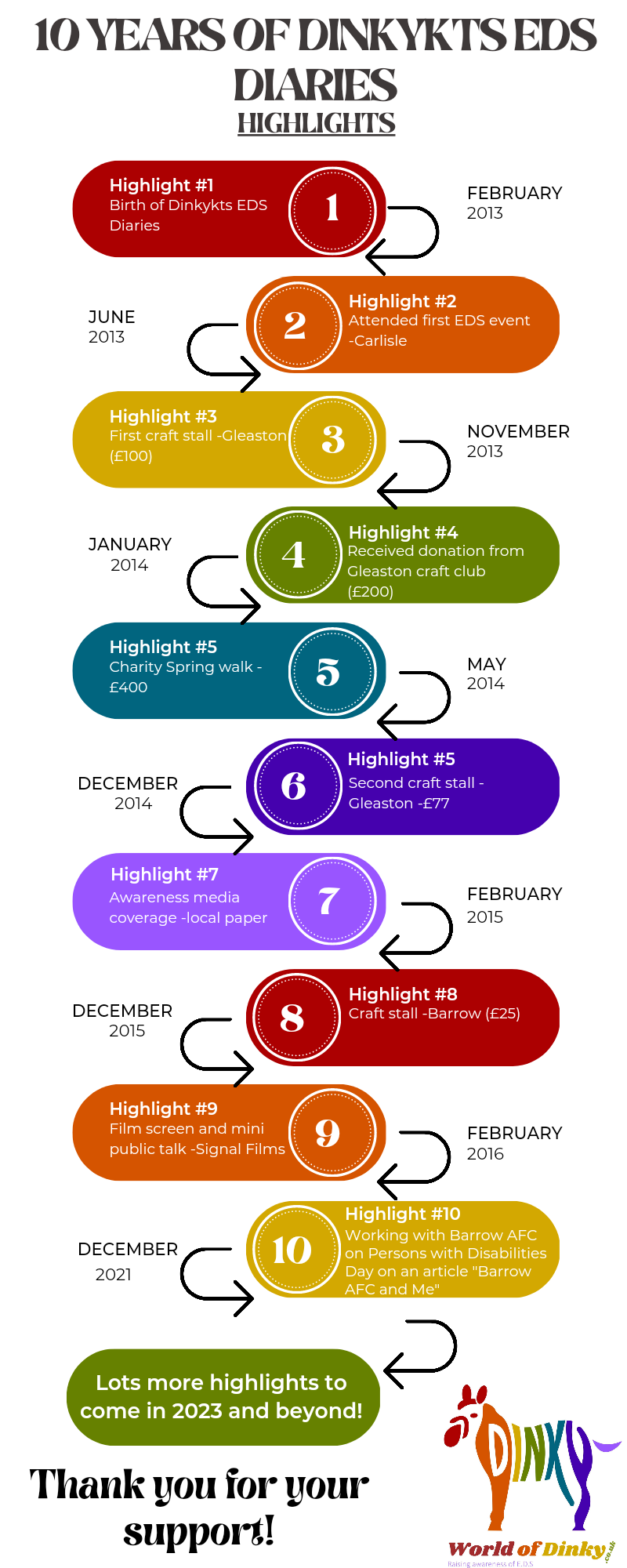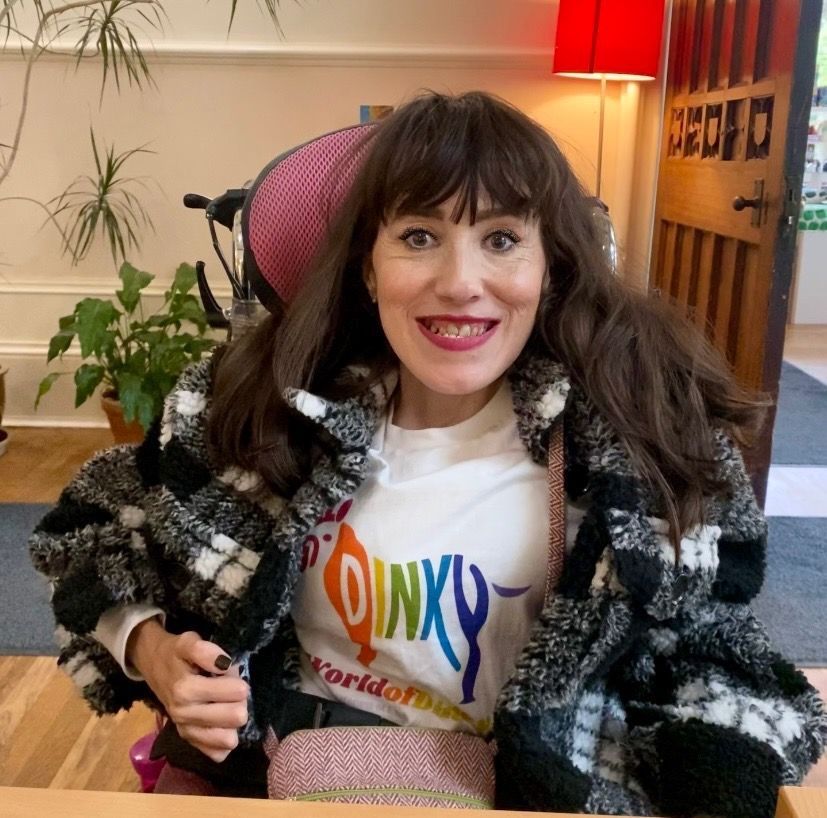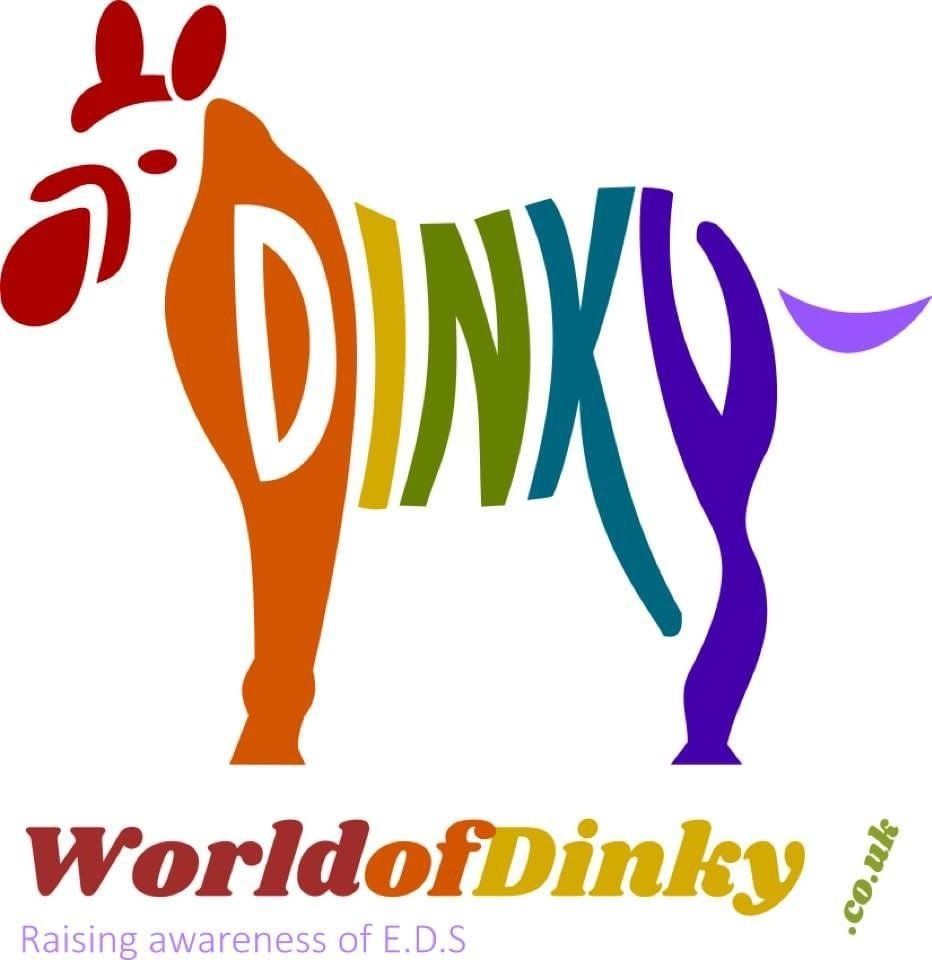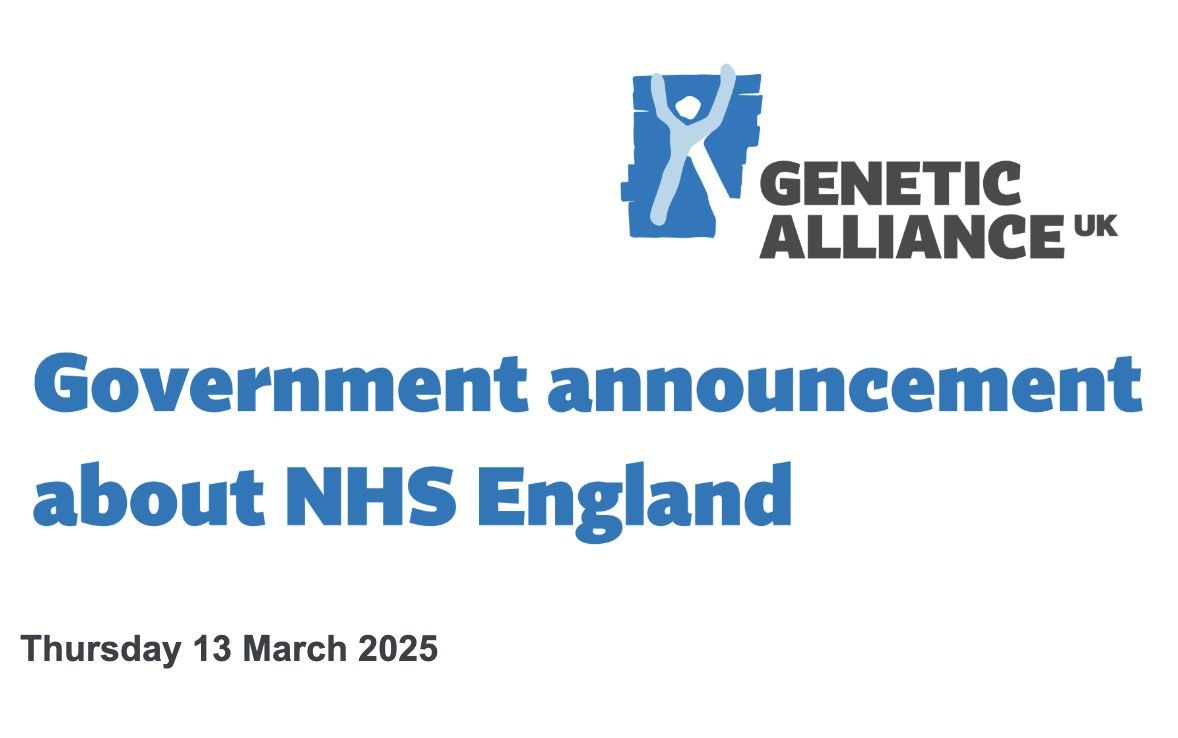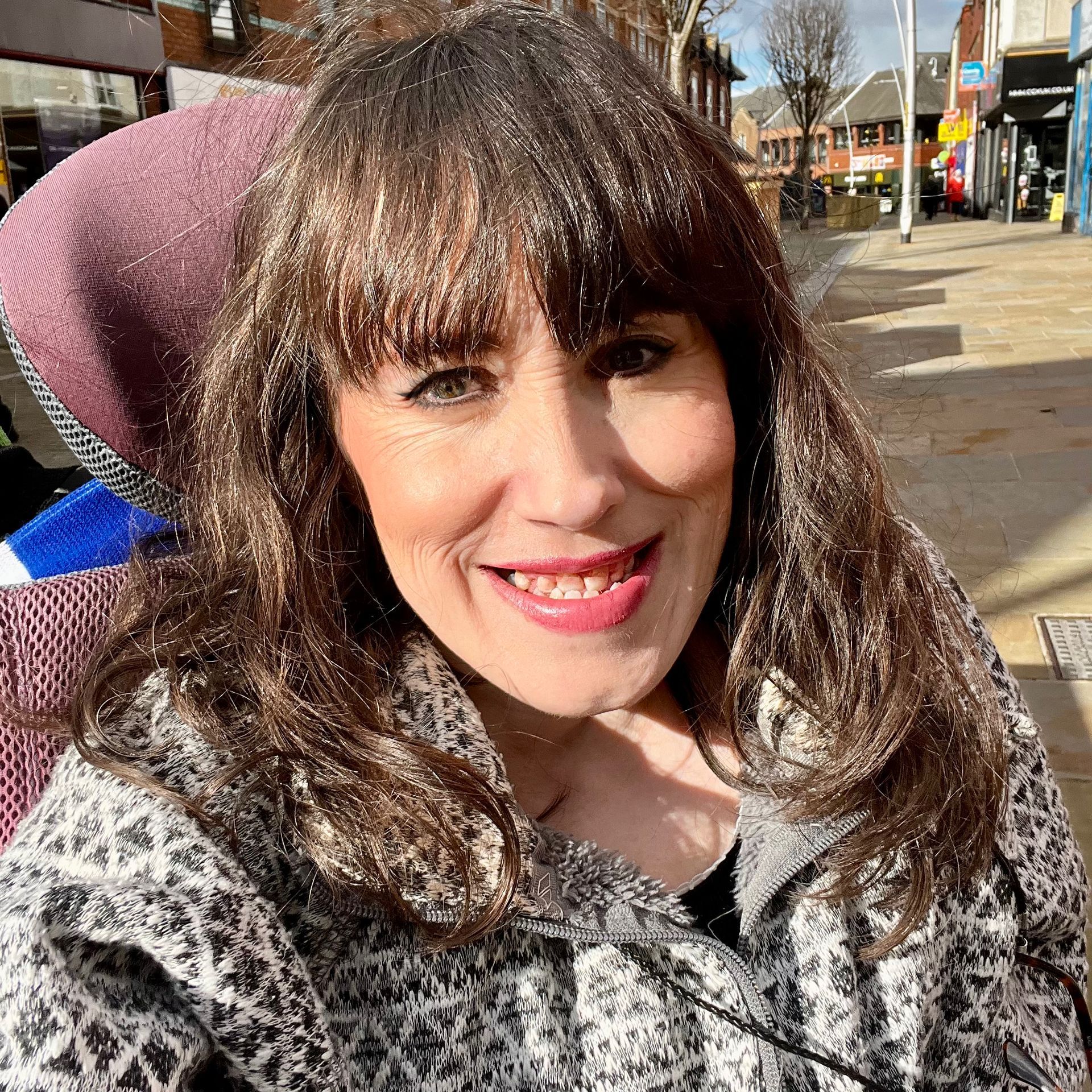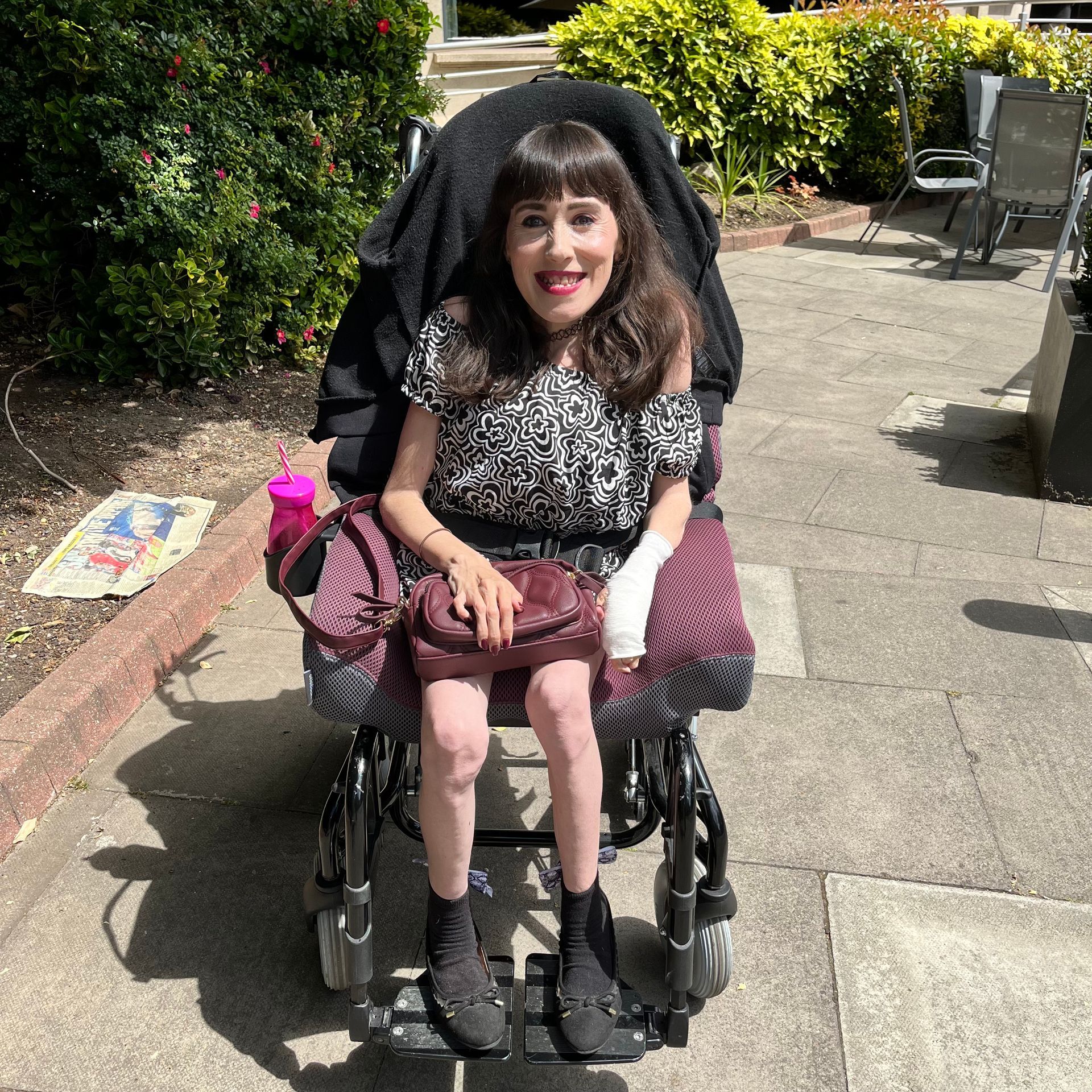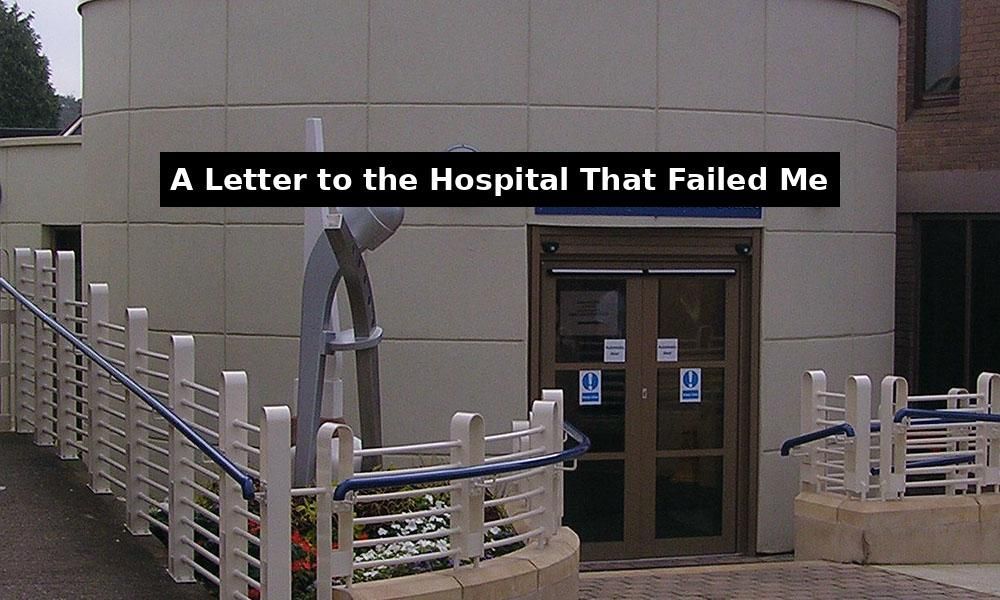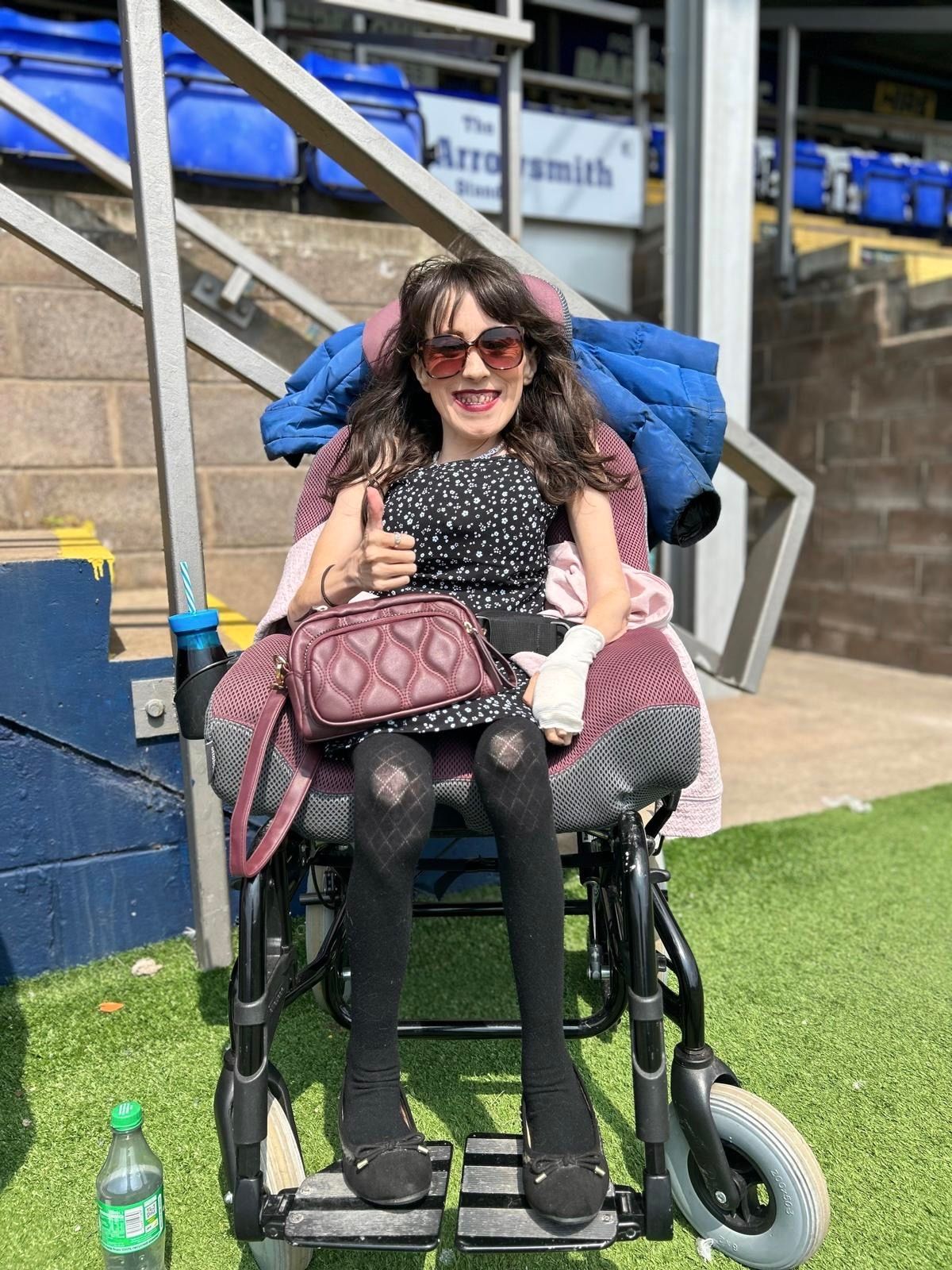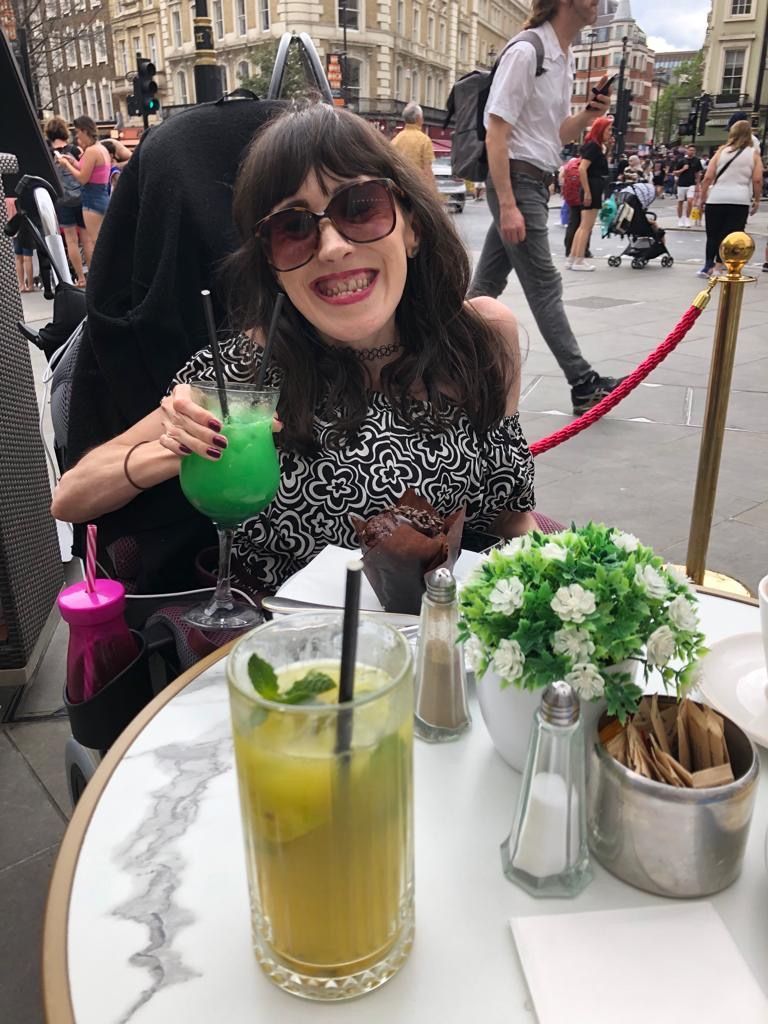DinkyKt's Blog
From Trauma to Trust: Rebuilding My Smile with cEDS
Navigating dental trauma, healing, and care with classical Ehlers-Danlos Syndrome
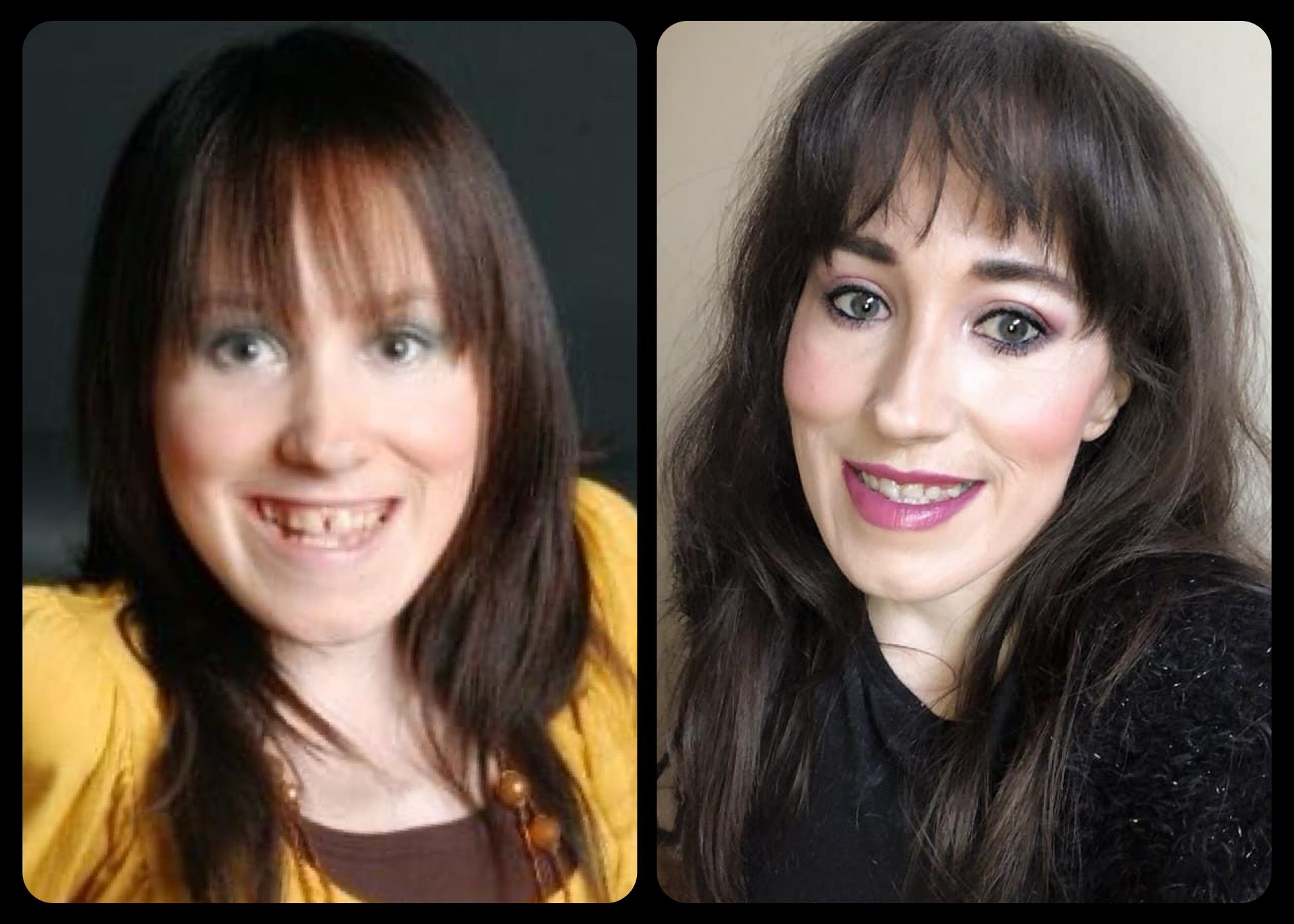
cEDS and Dentistry: Rebuilding Trust, One Appointment at a Time
Living with classical Ehlers-Danlos Syndrome (cEDS) means navigating the world with a body that doesn’t always behave like everyone else’s—and often isn’t understood by medical professionals. This can make even routine things, like going to the dentist, a much more complicated and emotional experience.
My dental journey has been full of ups and downs. Years ago, I went through a traumatic dental experience where seven teeth were removed—some were baby teeth, others were overcrowded due to the way cEDS can affect jaw and tooth development. Unfortunately, I was never given a proper follow-up. Some stitches were left behind and never dissolved, my gums would bleed frequently, and my cEDS wasn’t taken into account at all. I was left in pain, confused, and hesitant to ever trust a dentist again.
It took years before I met a dentist who truly saw me. She listened. She understood my condition. She carefully removed the leftover stitches, treated my gums, and even did cosmetic work that helped me feel confident smiling again. She made me feel safe—something I never thought I’d feel in a dental chair again. To this day, she still stops to talk to me when I see her. That kind of care sticks with you.
The other day, I had a checkup with a new dentist, and I was nervous—but she was wonderful. She took her time, listened, and really seemed to understand how cEDS affects my oral health. She told me I’ve done a great job looking after my teeth, and even offered to help with a small cosmetic issue I’ve been self-conscious about. I left the appointment feeling seen and hopeful.
So how does cEDS affect the teeth and gums?
People with classical Ehlers-Danlos Syndrome often experience:
- Fragile gum and oral tissues – prone to tearing, bruising, and bleeding easily.
- Poor wound healing – making extractions or surgeries more risky and longer to recover from.
- Gum disease & inflammation – increased risk of gingivitis or periodontal issues.
- TMJ (jaw joint) dysfunction – due to joint hypermobility, which can cause clicking, dislocation, or pain.
- Dental crowding or high-arched palates – affecting how teeth grow in and potentially leading to early orthodontic needs.
- Resistance to local anaesthetic – common in many people with EDS, making dental procedures difficult if not managed carefully.
In my case, I also had braces fitted on my top teeth—but unlike most people, I didn’t feel any pain during treatment. In fact, my teeth moved very quickly, and my braces were removed halfway through the planned time. It’s probably one of the rare times I’ve actually felt thankful for cEDS—our connective tissues might be more fragile, but they definitely made orthodontics easier for once!
Later on, I also had a gingivectomy—a procedure that removes gum tissue. I believe this was to help address gum bleeding issues left behind by the previous dentist, and possibly to expose more of my front teeth to improve their appearance and balance my smile. It made a real difference, both medically and cosmetically.
Finding the right dental care matters.
One thing I’ve noticed is that dentists often seem to have more awareness of cEDS than many doctors do. Maybe it’s because they work so closely with connective tissues and see things like healing problems, gum fragility, or joint issues like TMJ up close. Whatever the reason, it’s made a world of difference when I’ve felt heard and cared for.
If you’re living with cEDS or any chronic condition and feel nervous about going to the dentist—please know this: there are kind, knowledgeable professionals out there who will listen, learn, and treat you with respect. You deserve dental care that takes your condition seriously.
I’ve come a long way—and I’ll keep sharing my story in case it helps someone else feel a little less alone. I’ll be going back in May for the next step in my care, and I’ll keep you all updated.
Have you had similar experiences with dental care and cEDS? I’d love to hear from you—whether it’s good, bad, or somewhere in between. Let’s keep raising awareness, one story at a time.
#cEDS #EhlersDanlosSyndrome #DinkyktsEDSDiaries #DentalCare #ChronicIllnessAwareness #DisabilityAwareness #MedicalTrauma #HealingJourney #TMJ #OrthodonticsAndEDS #Gingivectomy #EDSCommunity #SmileWithConfidence
